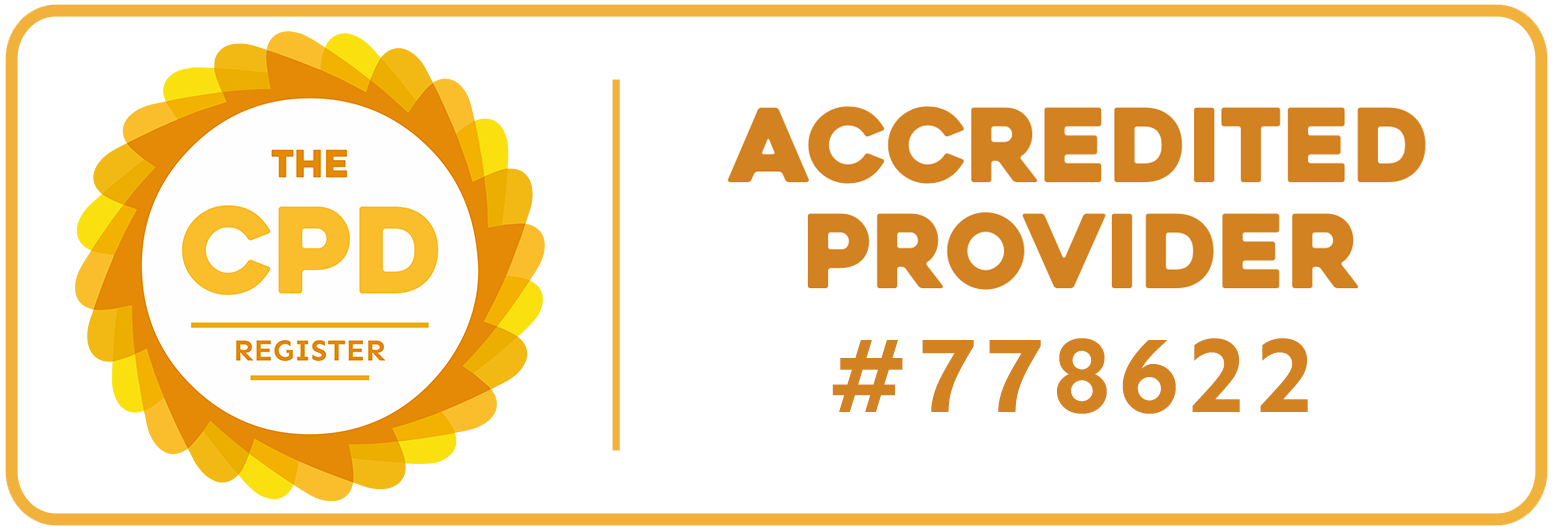Extensive studies support the argument that eLearning is a more cost effective and efficient way to deliver training; the ability to improve effectiveness at a fraction of the cost makes it an appealing alternative to traditional face-to-face methods, especially for larger organisations.
Effective
An extensive nine year survey of the research literature in training published by Fletcher and Tobias in 'Training and Retraining', commissioned by the American Psychological Society and published in 2000, concluded that:
"Learners learn more using computer-based instruction than they do with conventional ways of teaching, as measured by higher post-treatment test scores."
According to Brandon Hall (2001) online training can reduce learning time by 35%-45% in comparison to face-to-face training. This report noted that learning gains have been found in:
- Learners' attitudes toward the eLearning format and training in general.
- Learners' scores on tests, certifications or other evaluations.
- The number of learners who achieve 'mastery' level and/or 'pass' exams.
- Learners' ability to apply new knowledge or processes on the job.
- Long-term retention of information.
Due to its adaptability, lack of restriction and the capacity to make instant, across the board changes, eLearning enables organisations to ensure that all their staff, regardless of location can access consistent content; thus ensuring common methodology and ideals are followed, reinforcing corporate identity.
This is of particular benefit to large organisations that may be dispersed over wide geographical locations or even different countries.
A study by Training Magazine (2006) reported that eLearning has proven to have a 50%-60% better consistency of learning than traditional classroom learning.
Whilst eLearning is a relatively new method of delivering training, it is becoming increasingly popular and as a result of this and ongoing technological advances, it continues to be developed and improved upon increasing the amount of interaction and engagement experienced by trainees.
Increased participation via interactivity with well-designed eLearning programmes leads to higher levels of cognitive engagement resulting in higher levels of retaining information.
Trainees also benefit from being able to work at their own pace rather than that of the trainer, with the ability to digest and analyse the content having a significant impact on the amount of information retained.
Hairsten (2007) noted in a study that eLearning retention rates were at least 12% higher than traditional methods. This was further supported in a study by KPMG Consulting in 2004 which concluded that knowledge retention from eLearning was 25%-60% higher than with classroom based training.
Online training isn't restricted by the need to fulfil the requirements of the majority, as it can be undertaken at a pace to suite the trainee, they are able to dedicate their time to absorbing the training they need rather than spend time needlessly focusing on areas that they're already competent in.
Faster, Mobile and More Flexible
The limitations of face-to-face training are largely obvious, particularly in that the capacity to deliver it efficiently is restricted by the availability of trainers, appropriate locations and trainees. Whether it is undertaken externally or internally it usually requires significant periods of time to be dedicated to it, these aren't necessarily practical for all staff and may even necessitate the scheduling of additional training sessions for those who aren't able to attend the original session.
In comparison eLearning can be scheduled to suit the availability of individual members of staff and is not required to be completed in a single session; trainees can undertake the training according to their availability and at their own convenience.
eLearning can be carried out on desktop PCs, laptops, tablets and mobile phones allowing training to completed wherever and whenever trainees have access to these devices, this can even be done when travelling making the world a classroom and leading to much more productive use of time.
Rosenberg (2001) argues that eLearning "can take anywhere from 25%-60% less time to convey the same amount of instruction or information as in a classroom" and Taylor (2002) states that British Telecom delivered e-business training to 23,000 employees in three months at a cost of £5.9m, compared to £17.8 million and a five-year time span for classroom training.
Value for Money
The single largest cost relating to training that an organisation absorbs is that of staff attending the course. In addition the absence of a trainer, lack of requirement for a dedicated location or equipment and avoidance of travel mean that eLearning is usual a much cheaper alternative to face-to-face training; it can also be much easier to budget.
This is particularly true when the organisation already has the devices required to access the training; in such cases the savings can be considerable especially for large organisations.
A study based on a Midlands CCG suggested the return on investment for an eLearning solution was 80% higher than traditional training.
The report took 35 practices into consideration, with an average of 25 staff per practice who each had a training profile covering from eight to thirty subjects.
The options for completing the required training were:
- Bringing in a subject matter expert to the Practice during Protected Learning Time (PLT).
- Booking the trainees on external courses.
- Offering eLearning which can be completed either in PLT, their own free time or when they have the opportunity in between other duties.
Option 1 included the cost of a trainer per subject session (approximately £250.00 + VAT).
Option 2 included the cost of enrolment of the trainee on each training course, travel and subsistence costs and the cost of backfill for the trainee's role in the practice (approximately £100.00 per trainee if the training is provided FOC by the CCG or equivalent, approximately £200.00 per trainee if it is a chargeable course.
Option 3 included the cost of using the eLearning module £2.00 per course (for those completing 9 subjects only and the cost of using the eLearning module £0.60 per course (for those completing 30 subjects). Overall cost per person is £18.00 + VAT.
Option 1 would have cost £2250.00 + VAT per practice for 9 subjects and £7500.00 + VAT per practice for 30 subjects. This is also assuming that all trainees within a Practice attended the course.
Option 2 would have cost £22,500 + VAT per practice for 9 subjects (if course was FOC), £75,000.00 for 30 subjects (if the course was FOC). These figures would be double if the training course was chargeable.
Option 3 cost £18.00 + VAT per person whether the trainee completed 9, 30 or all 44 modules, an approximate cost of £450.00 + VAT per practice or £15,750.00 for all practices in the CCG.
The overall saving for the CCG by using the eLearning (based on the lowest cost of Option 1) was 80%.
Monitoring and Evaluating
The monitoring and evaluating of training is becoming increasingly important due to regulatory requirements and changes in legislation.
Many organisations have significant amounts of mandatory compliance training relating to health and safety, data protection, equality and diversity etc.
eLearning programmes that incorporate Management of Information Systems benefit from the ability to automatically track and report on the training undertaken by the organisations employees; this is much simpler, more efficient and easier to access than the methods used to track training via traditional methods.
Environmentally Friendly
Online training is a good way in which organisations can make reductions to their carbon footprint.
As well as obviously saving trees by reducing the amount of paper used, environmental benefits also arise as a result of reduction in travel.
This is supported by the 'Towards Sustainable Higher Education: Environmental Impacts of Campus-Based and Distance Higher Education Systems' study by the Open University which found that "on average, the production and provision of distance learning courses consumed nearly 90 percent less energy and produced 85 percent fewer CO2 emissions per student than conventional campus-based university courses."



